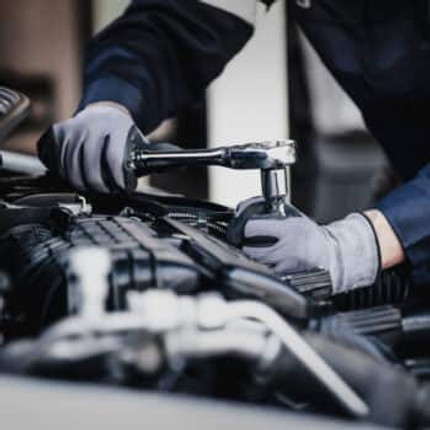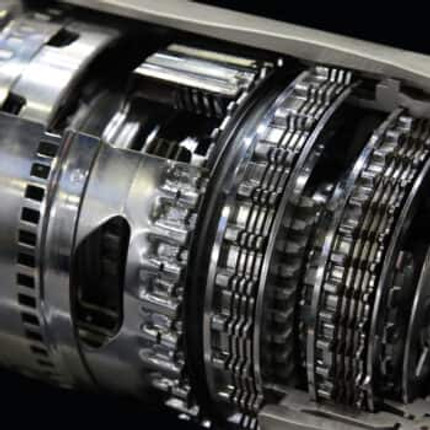Blog
Like most AODs at the time, GM 4L70E transmissions were designed with lightened materials to support
…
COMPUSHIFT II is the latest generation transmission control system from HGM Automotive Electroni
…
Download Installation Files
PLEASE FEEL FREE TO CALL US ON OUR TECH LINE AT (330) 434-2757
…
Download Installation Files
PLEASE FEEL FREE TO CALL US ON OUR TECH LINE AT (330) 434-2757
…
Download Installation Files
PLEASE FEEL FREE TO CALL US ON OUR TECH LINE AT (330) 434-2757
…
Download Installation Files
PLEASE FEEL FREE TO CALL US ON OUR TECH LINE AT (330) 434-2757
…
Download Installation Files
PLEASE FEEL FREE TO CALL US ON OUR TECH LINE AT (330) 434-2757
…
An Overview of The Different Levels of An Upgraded Transmission
A high-performance transmission is essential to any vehicle designed to deliver top-notch performanc
…
The transmission is one of the most critical components of a vehicle's powertrain. It transmits powe
…
Automatic transmissions are mechanisms designed to shift the gears of vehicles with the increase or
…
E40D Transmission Swap
Check out this E40D transmission swap on this 1973 Ford f350. Read more only
…
The 6L80 and 6L90 are two of the most popular rear-wheel transmissions from General Motors. So many
…





